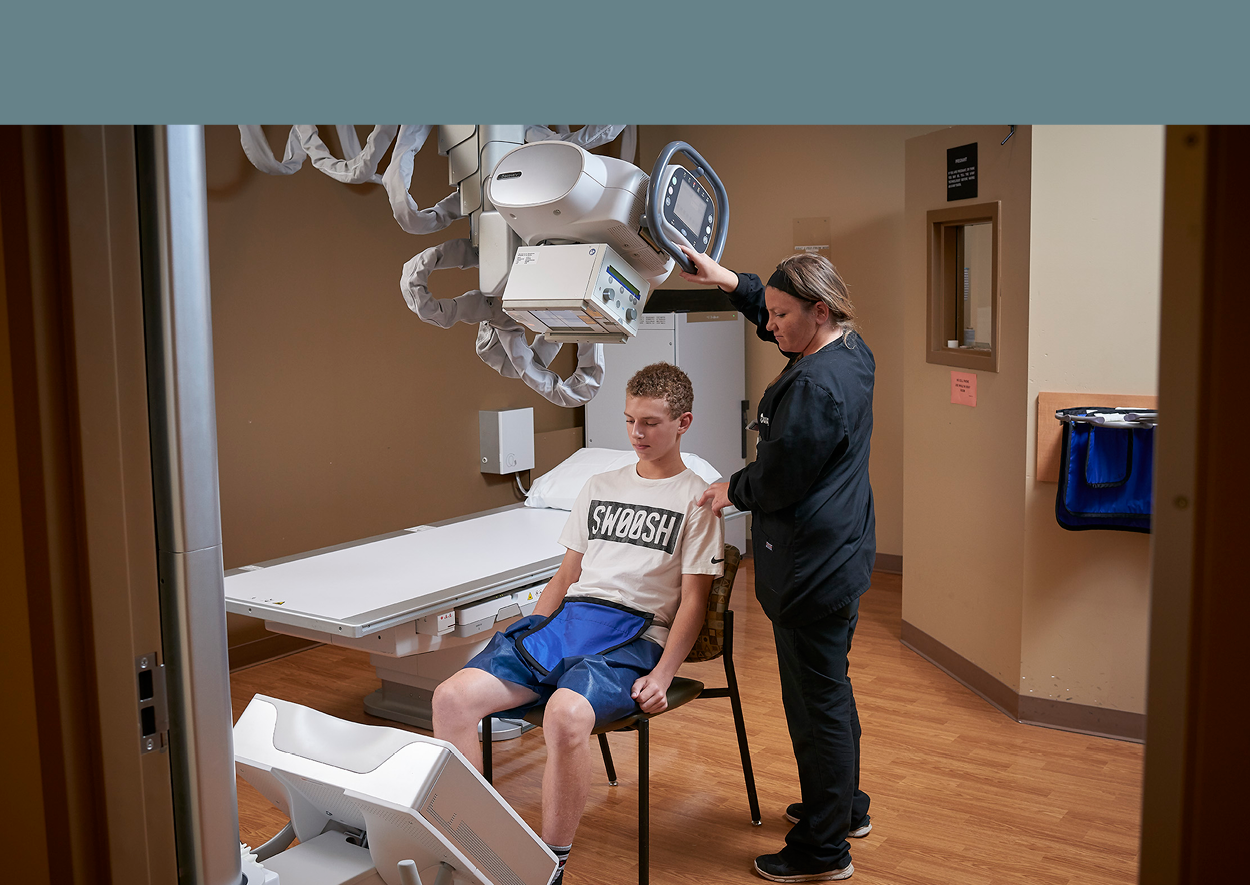- X-rays were discovered by accident in 1895 by Wilhelm Conrad Röentgen, a German professor.
- Röentgen noticed crystals giving off a fluorescent glow when placed near a high-voltage cathode-ray tube—even when he shielded them with dark paper. Some form of energy was being produced by the tube, penetrating the paper and causing the crystals to glow. His later experiments showed that this radiation could penetrate soft tissues but not bone, and would produce shadow images on photographic plates.
- Röentgen was awarded the very first Nobel Prize in Physics in 1901.
- The “X” in X-ray stands for the unknown, just as x stands for an unknown quantity in mathematics.
- During World War I, X-rays were already being used for medical purposes, including locating bullets in the human body.
- X-rays were originally considered completely safe to the body, even though x-ray technicians would often suffer burns. The first person to die from x-ray radiation exposure was Thomas Edison’s assistant, Clarence Dally, who had worked extensively with X-rays. He died of skin cancer in 1904.
- X-ray technology can be used for elemental analysis and chemical analysis, determining the materials and layers in art objects, buildings, archaeological finds, and more.
- Diamonds don’t show up on X-rays.
- X-rays have been used to better understand our world through all manners of disciplines, including medical, forensic, astronomy, chemistry, and other sciences—from things as small as DNA to as vast as distant galaxies.
- X-rays and radio waves (all electromagnetic radiation) travel at the speed of light in a vacuum (186,000 miles/second).
- X-rays have discovered very strange items in pets and human bodies, including pennies and socks swallowed by dogs, gun pellets that were accidentally swallowed, or all manner of awful items puncturing the skull or abdomen.
- In a 2009 Science Museum of London poll, the X-ray was voted the most important modern scientific discovery. Even penicillin came in second.
- X-rays can be divided into hard X-rays and soft X-rays. Hard X-rays have higher energy and, therefore, higher penetrative ability, making them useful in medical radiography and airport security.
- Here at St. Cloud Orthopedics, we average over 115,000 X-rays every year!
© 2024 St. Cloud Orthopedics | Designed by WhiteBox Marketing

